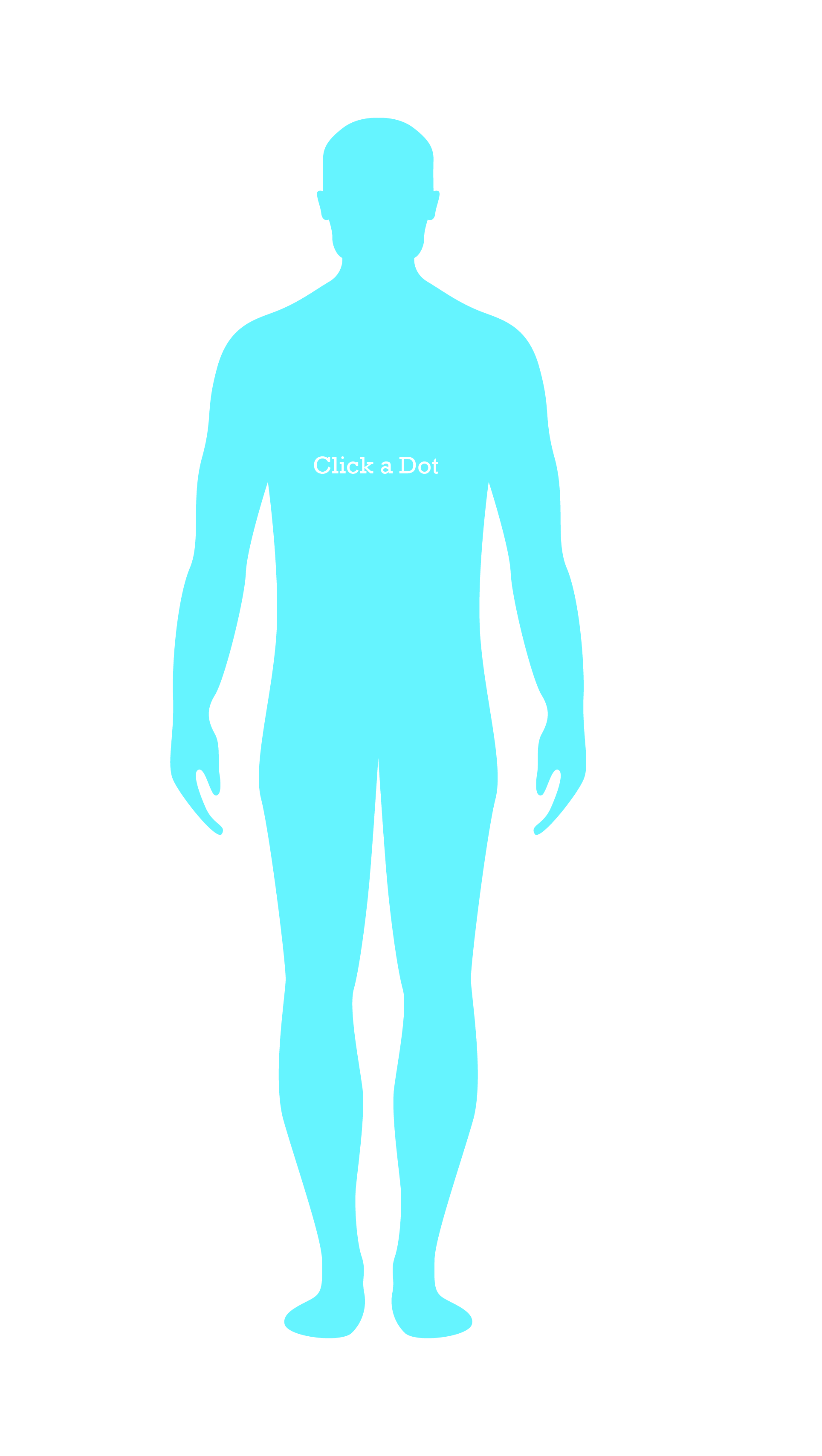
BioDEpi -Human Skin Epidermis
BioDimension’s BioDEpi models consist of, epidermal keratinocytes isolated from human
tissues on a transwell to form a multilayered, highly differentiated model of the
human
epidermis. The cells were cultured using in-house proprietary animal-component free media
composition to attain a high level of differentiation using in vitro cell culture
techniques.
It can be used as a model system to study the effects of various agents, such as
cosmetics, drugs, and chemicals, on human skin. It can also be used to test the
safety
and efficacy of various skin care products and therapies intended to treat skin
conditions, such as psoriasis, eczema, and skin cancer.

BioDFT -Human full thickness skin
BioDFT is a lab-grown tissue that mimics the structure and function of the entire
thickness of human skin, including both the epidermis and dermis layers.
In the pharmaceutical industry, reconstructed full-thickness skin can be used to
test
the efficacy and safety of new drugs and therapies. In the cosmetics industry, it
can be
used to test the safety and efficacy of new skin care products. In the medical
device
industry, it can be used to test the compatibility and safety of medical implants
and
devices.

BioDCORE -Corneal Epithelium
BioDCore is a reconstructed epithelial layer of cornea resembles the natural corneal
epithelium, which can be used as a model system to study the effects of various
agents,
such as drugs, contact lenses, and environmental toxins, on the corneal epithelium.
It
can also be used to test the safety and efficacy of various ophthalmic therapies and
treatments, such as corneal wound healing, drug delivery, and tissue regeneration.

BioDNasal -Nasal Epithelium
BioDNasal mimics the structure and function of the natural epithelium lining of the
nasal
cavity.
The reconstructed nasal epithelium can be used as a model system to study the
effects of
environmental pollutants, allergens, and other toxicants on the respiratory system.
It
can also be used to test the safety and efficacy of drugs and other therapies
intended
to treat respiratory diseases, such as asthma, chronic obstructive pulmonary disease
(COPD), and cystic fibrosis.

BioDGinE -Gingival Epithelium
BioDGine is the lab-grown gingival tissue that mimics the structure and function of
the
outermost layer of the gums or gingiva.
It can be used as a model system to study the effects of various agents, such as
dental
materials, oral care products, and bacteria, on the gingival epithelium. It can also
be
used to test the safety and efficacy of various dental therapies and treatments,
such as
periodontal disease treatments, implants, and orthodontic devices.

BioDAir-Mucociliary Epithelium
BioDAir is the lab made tissue that mimics the structure and function of the
mucociliary
epithelium, which lines the respiratory tract and helps to protect the lungs from
harmful particles and microorganisms.
This can be used as a model system to study the effects of various agents, such as
air
pollutants, allergens, and viruses, on the respiratory epithelium. It can also be
used
to test the safety and efficacy of various respiratory therapies and treatments,
such as
inhalation drugs and vaccines.

BioDAirFT-Epithelium + Stromal
BioDAirFT is the mucociliary epithelium with stroma, this is an important tool for
researchers and clinicians studying the structure and function of the respiratory
tract
and developing new treatments for respiratory diseases. It allows for the testing of
new
products and treatments without the use of animals and provides a more accurate
representation of human respiratory tissue than traditional cell culture methods.

BioDHeart - Heart Tissue Model
BioDHeart is the reconstructed heart tissue with the similar function to study the
effects of various agents, such as drugs, toxins, and diseases, on the heart tissue.
It
can also be used to test the safety and efficacy of various drugs, cardiovascular
therapies and treatments, such as cardiac pacemakers, heart valves, and stents.

BioDLive - Liver Model
BioDLive is the reconstructed liver tissue with the similar function to of native
human liver
tissue made with hepatocytes to study the liver function and metabolism. It can be used to test the efficacy and safety of new drugs and therapies

BioDIntEp - Intestinal Epithelium
BioDIntEp is a reconstructed epithelial layer that lines the intestinal wall, which
can
be used to test the safety and efficacy of various therapies and treatments intended
to
treat intestinal disorders, such as inflammatory bowel disease (IBD) and colorectal
cancer. Also, to study the interactions between the intestinal epithelium and the
gut
microbiota.

BioDIntFT- Intestinal (Villi & Epi)
BioDIntFT is a reconstructed epithelial layer with finger-like protrusions called
villi,
can be used as a model system to study the effects of various agents, such as drugs,
dietary components, and microorganisms, on the intestinal epithelium. It can also be
used to test the safety and efficacy of various therapies and treatments for
intestinal
diseases.

BioDUro- Bladder Epithelium
BioDUro is a reconstructed epithelial layer of the urinary bladder, Which plays a
critical role in protecting the bladder from the toxic effects of urine.This helps
to
study the effects of various agents, such as drugs, toxins, and pathogens, on the
bladder epithelium. It can also be used to test the safety and efficacy of various
bladder therapies and treatments, such as drugs for bladder cancer or interstitial
cystitis, or medical devices such as urinary catheters.

BioDVag- Vaginal Epithelium
BioDVag is a functional replica of human vaginal epithelium, The reconstructed
vaginal epithelium can be used as a model system to study the effects of various
agents,
such as
contraceptives, lubricants, and infectious agents, on the vaginal epithelium. It can
also be used to test the safety and efficacy of various vaginal therapies and
treatments, such as creams and suppositories used to treat vaginal infections and
hormone replacement therapies used to alleviate menopausal symptoms.










